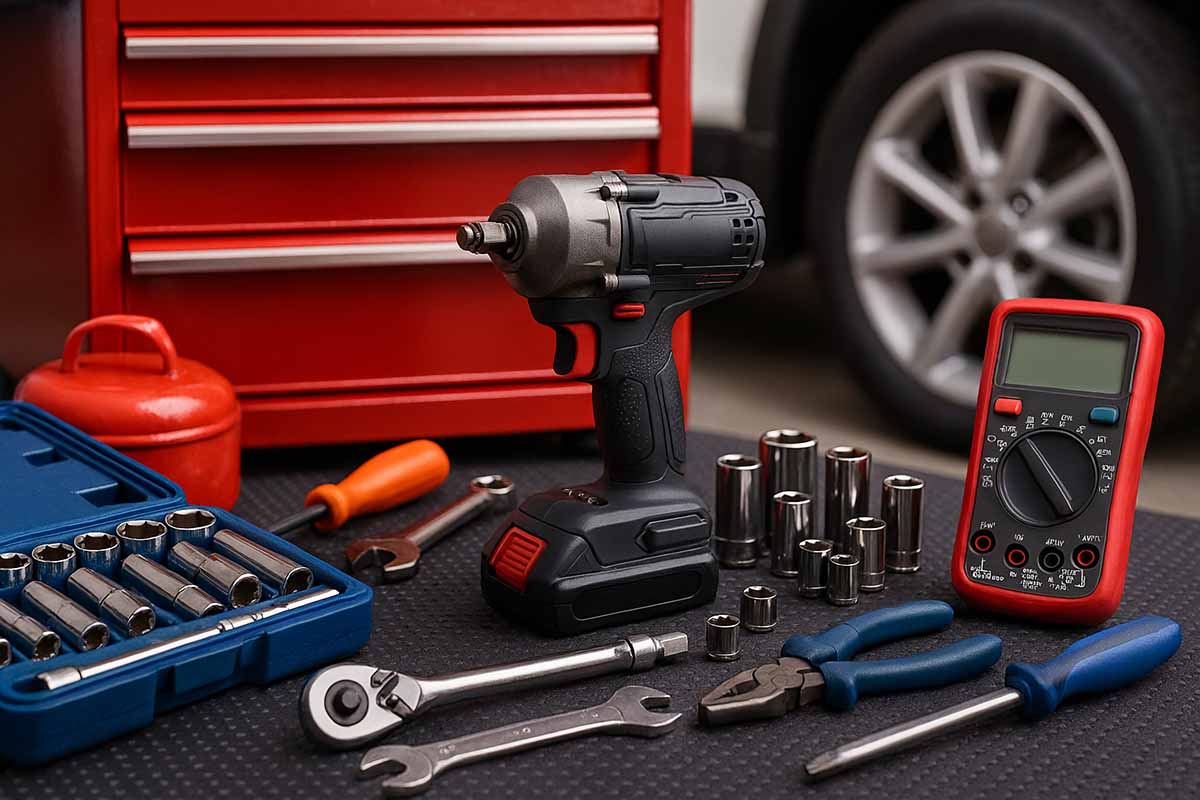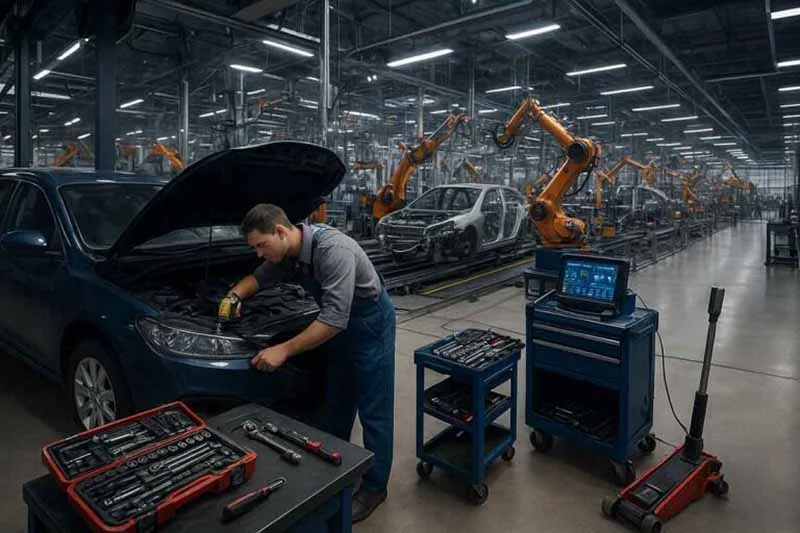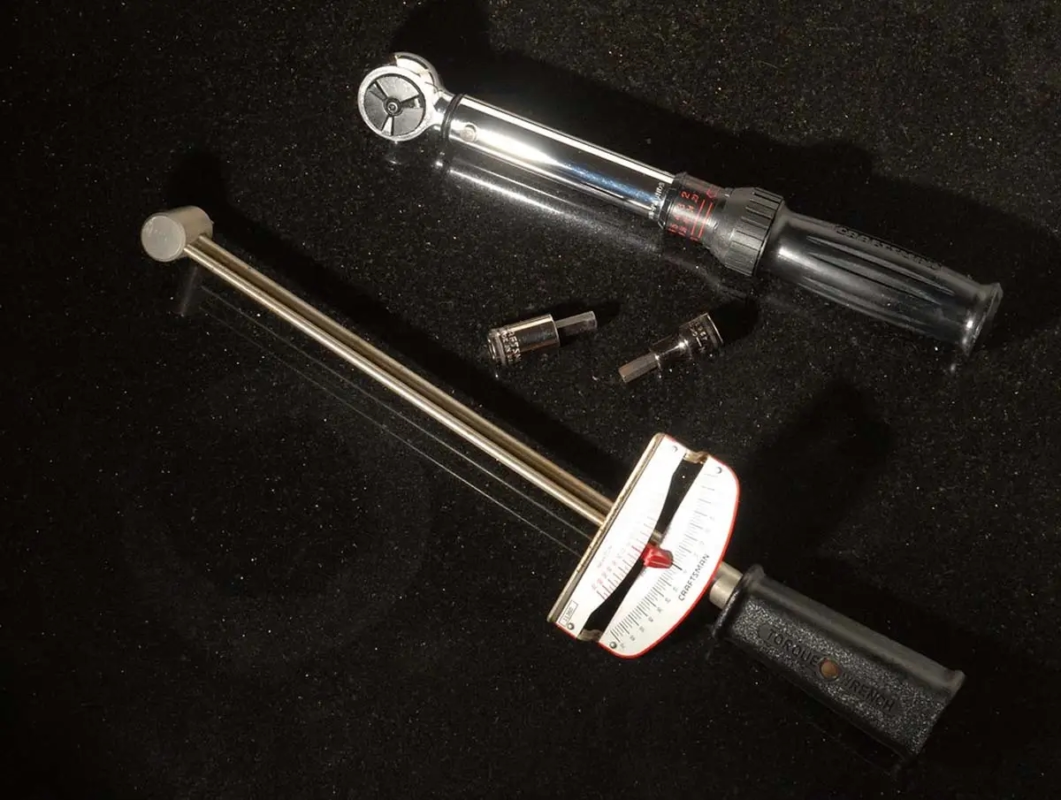The automotive industry is entering a new era where traditional tooling meets smart technologies. Industry 4.0, combined with the Internet of Things (IoT), is redefining how automotive tools are designed, monitored, and used. From assembly lines to maintenance bays, connected tools are offering unprecedented precision, efficiency, and data-driven insights. Yet, despite these advancements, not all innovations deliver flawless results. Let’s explore the multifaceted impact of Industry 4.0 and IoT on automotive tooling, highlighting benefits, technical details, challenges, and practical applications.
1. Understanding Industry 4.0 and IoT in Automotive Tooling
Industry 4.0 represents the fourth industrial revolution, integrating cyber-physical systems, cloud computing, and data analytics into manufacturing. In automotive tooling, this means:
- Smart Tools: Torque wrenches, pneumatic guns, and diagnostic instruments embedded with sensors that track usage, torque, and operational efficiency.
- IoT Connectivity: Tools transmit real-time data to centralized systems, enabling predictive maintenance and workflow optimization.
- Digital Twins: Virtual replicas of physical tools and machinery allow engineers to simulate performance, reduce downtime, and improve precision.
Interesting Fact: Some advanced automotive tools can automatically adjust torque settings based on vehicle model, reducing human error by over 30%.
2. Key Benefits for Automotive Professionals
Industry 4.0 and IoT bring multiple advantages:
- Precision and Accuracy: Smart tools reduce variability in torque application and calibration errors.
- Predictive Maintenance: Sensors detect wear, alerting technicians before tool failure occurs.
- Workflow Optimization: Real-time analytics help track tool usage, reduce idle time, and improve assembly line efficiency.
- Data-Driven Decision Making: IoT-enabled dashboards provide actionable insights, from inventory management to tool replacement cycles.
Lesser-Known Fact: Some automotive workshops report that connected tools can reduce tool loss by up to 25%, saving significant operational costs.
3. Real-World Applications in Automotive Tooling
- Assembly Lines: Torque wrenches with IoT capabilities record every fastener applied, ensuring compliance with strict automotive standards.
- Maintenance Workshops: Connected diagnostic tools provide instant error codes, historical repair data, and predictive part replacement schedules.
- Training and Remote Support: Technicians can receive real-time guidance from experts through AR interfaces integrated with smart tooling.
4. Technical Features to Consider
When investing in Industry 4.0 automotive tools, professionals should evaluate:
| Feature | Benefit |
|---|---|
| Embedded Sensors | Measure torque, vibration, and temperature |
| Wireless Connectivity | Real-time data transmission |
| Cloud Integration | Centralized analytics and reporting |
| Battery Life / Durability | Reliable operation in harsh environments |
| Software Updates | Continuous improvement and security patches |
Research Data: According to a 2024 McKinsey study, automotive manufacturers using IoT-enabled tooling saw an average of 15–20% improvement in assembly efficiency and a 10% reduction in warranty claims.
5. Challenges and Limitations
Despite the advantages, Industry 4.0 tooling faces hurdles:
- High Initial Investment: Smart tools can cost 3–5 times more than traditional ones.
- Data Security Concerns: IoT connectivity exposes sensitive manufacturing data to potential cyber threats.
- Complex Integration: Legacy systems may not seamlessly connect with modern IoT platforms.
- Overhyped Marketing: Not all “smart” tools deliver measurable benefits; careful vendor evaluation is essential.
Interesting Fact: Early adopters reported some IoT torque wrenches provided inaccurate readings under high humidity conditions, highlighting the need for environmental calibration.
6. Future Trends in Automotive Tooling
- AI-Enhanced Tools: Predictive algorithms suggesting optimal torque sequences or maintenance schedules.
- Autonomous Tooling Systems: Robotic arms equipped with IoT tools performing assembly tasks with minimal human intervention.
- Blockchain for Tool Tracking: Immutable records of tool usage, calibration, and service history.
- Enhanced Connectivity: 5G-enabled workshops for instant data transfer and cloud-based tool management.
Lesser-Known Fact: Some automotive OEMs are experimenting with IoT-enabled screwdrivers that can lock themselves if incorrect torque is applied, eliminating errors entirely.
Impact of Industry 4.0 and IoT on Automotive Tooling FAQ
You May Want to Read More About the Automotive Industry
- Industrial Tools in the Automotive Industry
- Digital Twins in Automotive Tooling: Smarter Maintenance, Fewer Breakdowns
- Comparing Pneumatic vs. Electric Tools in Automotive Workshops
- How Industry 4.0 Is Reshaping Automotive Assembly Lines
- Trends in Automotive Manufacturing Automation
- Impact of Industry 4.0 and IoT on Automotive Tooling
- Essential EV Toolkits for Modern Automotive Work
- Reviews of 5 Leading Automotive Tool Brands
- Top Tools for Automotive Repair and Diagnostics
- Specialized Equipment for Engine Rebuilding
- Automotive Fasteners and Torque Specs Explained
- Safety Tools and PPE in Automotive Workshops
- Troubleshooting Common Automotive Tool Problems
- Top Automotive Tool Brands Reviewed
- Fasteners in Automotive Manufacturing: What Makes the Cut?
- How to Use a Torque Wrench in the Automotive Industry
- Automotive Torque Wrench Buying Guide 2025
Conclusion: The Road Ahead
Industry 4.0 and IoT are revolutionizing automotive tooling, offering precision, efficiency, and data-driven insights. However, these technologies are not without challenges. Professionals must weigh investment costs, integration hurdles, and cybersecurity risks before full-scale adoption. Still, the future is promising: AI-driven smart tools, autonomous systems, and predictive analytics are set to redefine automotive workflows.
Call to Action: Have you implemented IoT tools or smart workflows in your automotive workshop? Share your experiences in the comments below and spread the insights by sharing this post on social media!





